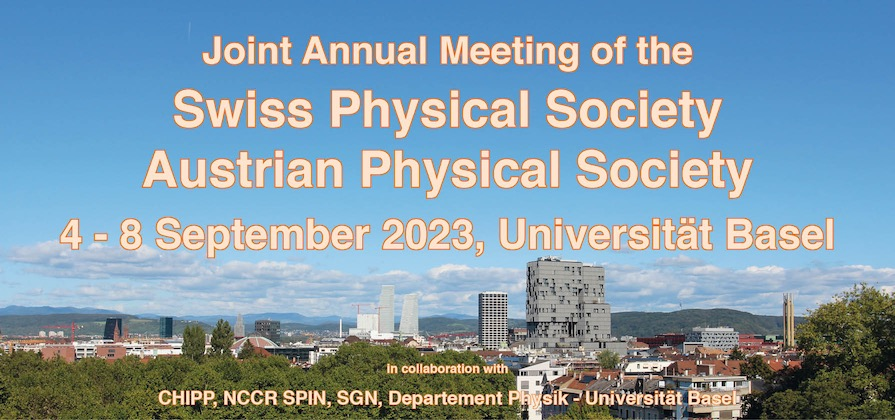Speaker
Description
Controlling the movement of magnetic flux quanta in high-temperature superconductors such as YBa2Cu3O7-δ is essential for most applications. It demands the introduction of artificial defect structures that serve as obstacles for the moving flux quanta.
Using a helium ion microscope's well-controllable focused beam, we create ultra-dense periodic patterns of hills and hollows in the potential landscape in which the vortices move. This artificial nano-scaled obstacle course for magnetic flux-quanta leads to exciting electronic transport effects, such as commensurability effects, magnetic vortex caging and the emergence of an ordered Bose glass phase.
Besides their potential for superconductivity research, these complex pinning landscapes for magnetic flux quanta are an essential step toward low-dissipative superconducting electronics.
